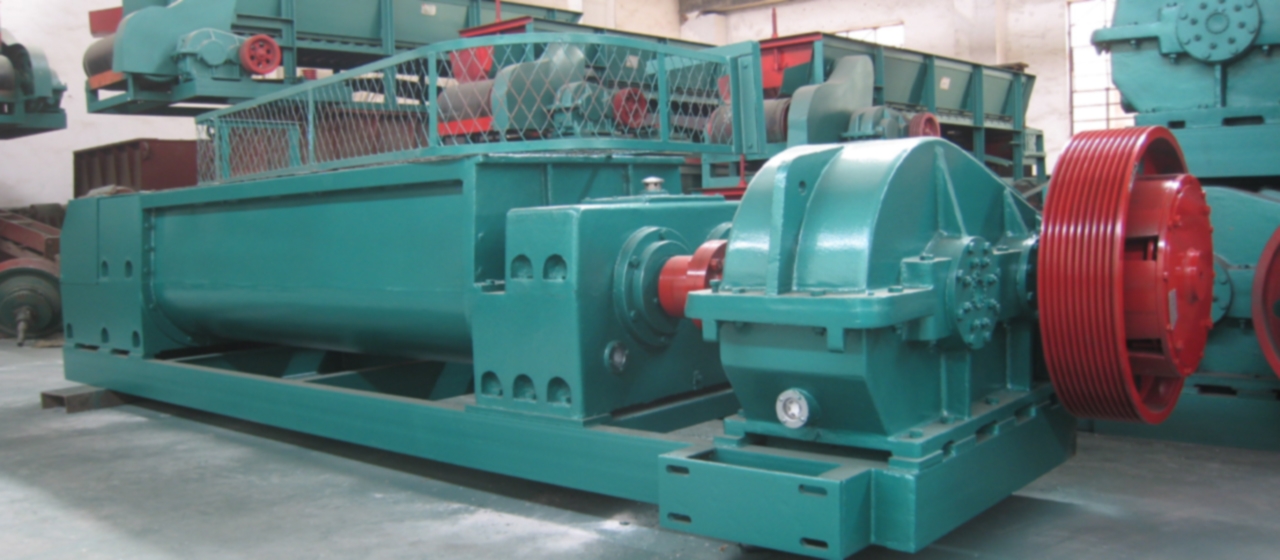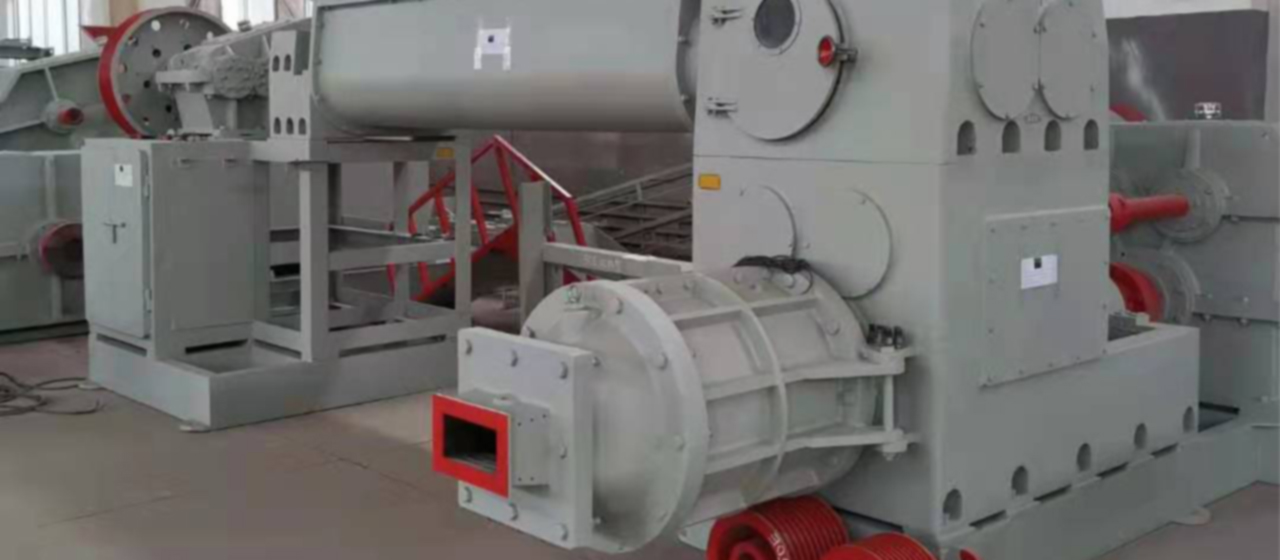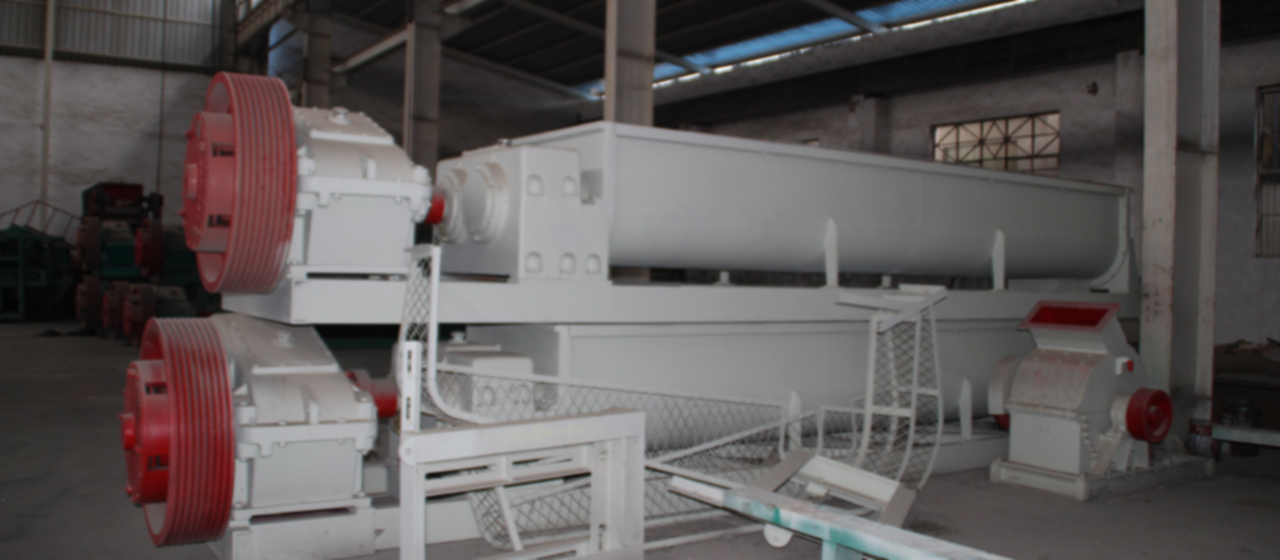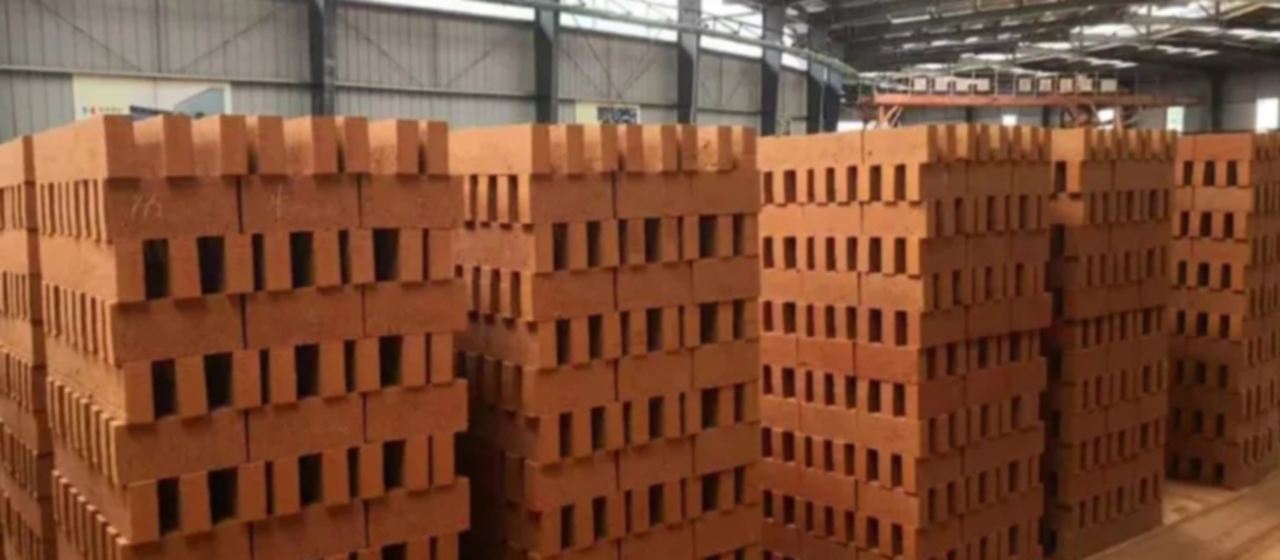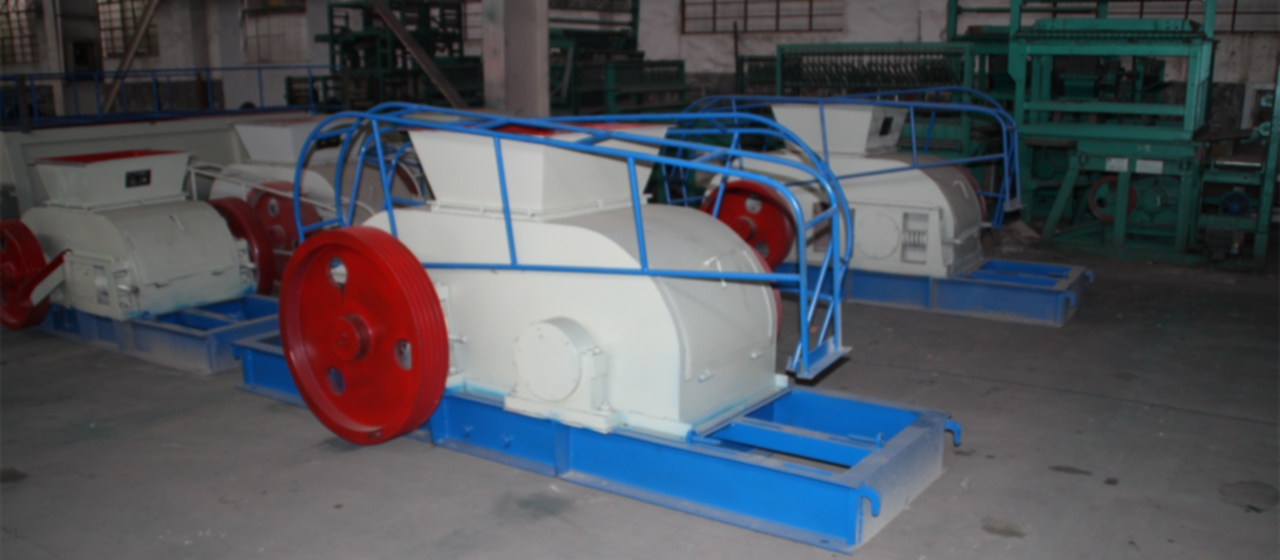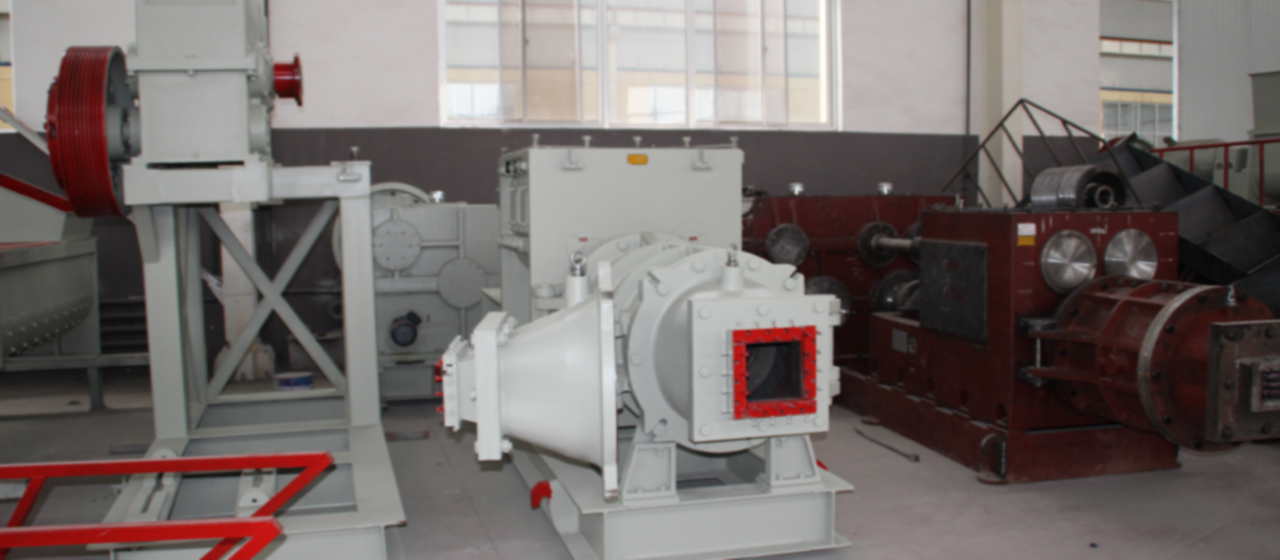as razões para a existência de tijolos vermelhos de barro
Já no final do século passado, China propôs restringir o comportamento de retirar solo para queimar tijolos, mas a situação actual não foi aliviada. Para melhor explorar as razões da existência dos tijolos vermelhos de barro, a equipe de pesquisa conduziu investigações de campo em um condado da província de Jiangxi. The obtained data was analyzed using the SCP framework, and empirical analysis was conducted on the three relevant entities of clay red brick manufacturers, consumers, and governments to determine the social, economic, and political reasons for the existence of clay red bricks.
1、 The current status of the clay red brick industry
Modern industrial organization theory links the three basic categories of market structure, market behavior, and market performance with public policy and market basic environment, standardizes the theoretical system of industrial organization theory, supplements and improves the traditional SCP theory, and proposes the impact of market basic environment and public policy on industry. Based on field investigations of the clay red brick industry, this article analyzes the reasons for the existence of clay red bricks from the perspectives of demand environment, supply environment, and public policy.
According to Bain’s analysis criteria, the red brick industry in the county is essentially monopolistic competition. There are 87 clay red brick factories in the county, 14 large brick factories, and the rest are small brick factories. There are numerous brick factories, which divide their sales areas among each other, forming a form of competition within large regions and monopoly within small regions. Large brick factories have a larger scale, with output generally more than twice that of small brick factories. Due to technological and scale advantages, their costs are generally 4 cents lower than those of small brick factories.
The red brick industry has relatively high fixed costs compared to its product prices, which means there are certain barriers. Due to the special nature of brick factories, their fixed assets are highly specialized and almost cannot be converted for their use. The fixed investment of a large brick factory is generally around 2.5 milhões de yuans. The fixed investment of a small brick factory is usually around 480000 yuan. No entanto, due to local protectionism in the county and the fact that many large brick factories are established by outsiders, the high costs of land use and procurement have weakened its scale cost advantage.
Red brick factory products are relatively single, divided into genuine and defective products. Authentic red bricks fired normally have a price of 0.35 yuan per piece, and brick factories generally have a gross profit of 5 cents; Defective bricks refer to bricks that are fired at a lower temperature due to their location outside. They are an unintentional product, and brick factories sell them at a price lower than cost to reduce losses. Contractors also use them for structures without load-bearing requirements due to their low price. The prices in the county have basically stabilized, and almost every brick factory has its own sales area, so there is basically no price competition within a certain region. A certain monopoly has been formed in a small area, but the prices are basically within a reasonable range. There was also a red brick Qatar incident in the county before, and most of the brick factories in the county participated. It was initiated by two locals and raised the price of red bricks for a certain period of time, but soon the government intervened and banned it.
The red brick industry has certain characteristics of economies of scale. There are a total of 87 brick factories of different sizes in the county, with a total annual output of around 609 milhões de peças. Calculated at 0.35 yuan per piece, the annual output value is around 220 milhões de peças. A small brick factory pays an annual tax of around 80000 yuan, while a large brick factory pays around 150000 yuan. The cost of large brick factories is currently about 10% lower than that of small brick factories. Além disso, large brick factories
Longyuan Journal Network http://www.qikan.com.cn
Having large equipment such as crushers will have a greater cost advantage when the nearby high-quality red soil resources are exhausted, while small brick factories have to transport soil from other places due to the lack of large equipment, forcing their costs to increase. A small brick factory typically produces 5 million pieces per year and requires 30 employees, while a large brick factory typically produces 15 million pieces per year and requires 50 employees. This shows that large brick factories also have advantages in per capita production capacity.
From the perspective of environmental benefits, the red brick factory in this county consumes a large amount of non renewable resources such as clay and coal, while damaging vegetation and causing soil erosion. Além disso, there is no exhaust gas treatment equipment, regardless of size. During the production process, exhaust gases such as ammonia oxides and carbon dioxide are directly emitted into the atmosphere, leading to environmental acidification and even causing photochemical smog, while also triggering the greenhouse effect.
2、 Reasons for the existence of clay red bricks
(1) Large market demand
With the continuous development of the economy, the process of rural urbanization has also accelerated. Nos últimos anos, new housing construction in both rural and urban areas has sprung up like mushrooms after rain. The reason for this is firstly due to the increase in disposable income of farmers, who have the ability to purchase and build new houses. em segundo lugar, inflation has an impact on people’s investment expectations, and farmers are converting their savings into new houses; Finalmente, the implementation of rural medical insurance and pension insurance has enabled farmers to no longer worry about saving for retirement, and buying and building new houses has become one of the alternatives to some of their pensions. In this context, the rural red brick market is rapidly expanding. The county is mainly dominated by small-scale clay red brick factories. According to the traditional market division in rural areas, an administrative village is a separate market. Atualmente, there are 28 neighborhood committees and about 300 administrative villages in the county. On average, each clay red brick factory needs to supply about 3 para 4 village committees. According to an average of 2000 villagers per village committee, a small clay red brick must be operated for at least 20 years to meet the housing needs of a generation. Depois 20 anos, the next generation’s housing needs will emerge, so the clay red brick market is in short supply.
(2) Supply factors
Farmers are building houses one after another, which has led to a soaring price of clay red bricks. Hoje em dia, the price of clay red bricks is three times that of 2001, and the profit of red bricks has also increased. The high profit is an important reason for attracting manufacturers and expanding the production scale of red bricks. The average price of clay red bricks in the county is about 0.35 yuan per piece. The annual output of a small clay red brick factory is about 5 milhões de peças, with a profit of about 0.05 yuan and an annual profit of around 250000 yuan; Large clay red brick factories have a profit margin of around 0.09 yuan due to economies of scale, with an average annual output of about 15 million pieces and a profit of around 1.35 milhões de yuans. Such high profits are a great temptation for investors and have become an important reason for the existence and expansion of production scale of clay red bricks.
Além disso, in recent years, with the advancement of technology and the continuous strengthening of people’s environmental awareness, various new wall materials such as unburned bricks have emerged. No entanto, experts acknowledge that clay red bricks are still the best quality wall material to date. The coverage rate of clay and red bricks in the county is over 95%. The only remaining portion of unburned hollow bricks have no scale, simple equipment, extremely poor product quality, and extremely limited production quantity. This type of unburned brick can generally only be used for residents or construction site fences, and cannot be used as building materials for houses. On the other hand, red soil in Jiangxi is an excellent raw material for firing clay red bricks, and the clay red bricks fired have excellent texture, smooth and delicate. Portanto, there is a significant difference in quality between new wall materials and traditional clay red bricks, which is the key to clay red bricks winning the market.
Longyuan Journal Network http://www.qikan.com.cn
(3) Administrative inaction
As a poverty-stricken county in China, the annual tax revenue of the county in 2012 was about 750 milhões de yuans, of which the annual tax paid by the clay and red brick factory accounted for about 1.5% of the total tax revenue. In many regions of our country, the system of assessing administrative performance based on GDP indicators still exists. Clay red bricks, as one of the important industries in the county, will have a significant impact on local fiscal revenue once completely banned. Portanto, local administrative personnel maintain the existence of clay red bricks through administrative protection in order to improve administrative performance. Além disso, as one of the important behaviors that interfere with the healthy operation of the market, rent-seeking has provided a way for some operators of clay red brick factories to avoid laws and regulations and even evade taxes. Rent seeking can avoid administrative crackdowns, as manufacturers bribe officials to delay the policy of “gradual crackdowns” while clay and red brick factories are not shut down.
Another reason for the ban on clay red bricks is the labor factor. On average, a small clay red brick factory can solve about 30 surplus laborers, while a large clay red brick factory can solve about 50 employees. Portanto, the clay red bricks in the county can solve about 3000 surplus laborers for the whole county. In some administrative villages, clay and red brick factories have become the main source of income for farmers in addition to farming. Once the clay and red bricks are completely banned, these surplus laborers will be completely unemployed, and some will become a financial burden.
3、 Solution measures
Em 2005, China issued the “Notice on Further Promoting the Innovation of Wall Materials and Promoting Energy saving Buildings”, stating that by the end of 2010, all cities would prohibit the use of solid clay bricks. This requires improvement in the following areas:
(1) Market Access
Small factories in a certain county account for about 83.9%. To increase the entry threshold, the new factory needs to introduce new equipment, como trituradores (custando cerca de 150000 yuan). Sua principal função é triturar pedras ou outros minerais duros em argila e depois entrar na máquina de fazer tijolos para fazer tijolos. Não só economiza o custo das matérias-primas, mas também reduz a quantidade de argila usada.
A cozedura de tijolos vermelhos de barro requer uma grande quantidade de recursos não renováveis, e as emissões durante o processo causam poluição ambiental, bem como poluição sonora e fotoquímica. Portanto, é necessário melhorar certos padrões ambientais: (1) Reasonably select sites and avoid building red brick factories in areas with sensitive air environments; (2) Determine a reasonable height for the discharge waste cylinder based on the intensity of pollutant generation load and environmental emission standards requirements; (3) Construct a green belt within a certain range from the factory building; (4) Strengthen the management of excavation site environment, control the large-scale rolling and landslide of mountain soil, and generate a large amount of dust; (5) For large factories, it is necessary to establish a water spraying system to suppress dust.
The county has caused significant land damage: the exploitation of forests and farmland has resulted in serious energy consumption and vegetation destruction; The excessive excavation of clay by brick factories has led to road depressions, coupled with the accumulation of adult rainwater, resulting in the formation of several ‘small artificial lakes’. Establish land standards based on this situation: 1. O governo estadual ou local precisa introduzir políticas eficazes relevantes para regular os agricultores’ utilização de terras aráveis e de terras florestais até certo ponto. 2. O governo e os fabricantes trabalham juntos para preencher esses poços de lama e estabelecer um número razoável de sinais de alerta perto de poços incompletos para evitar a ocorrência de acidentes..
O governo também pode adotar medidas de despejo: está estipulado que nenhuma nova fábrica de tijolos poderá ser aberta após três anos, and the mud pits caused by mining must be filled in within two years. Completely shut down red brick factories within 15 para 20 anos. The approval authority shall be handed over to the county-level people’s government, and at least one irregular inspection shall be conducted annually
Longyuan Journal Network http://www.qikan.com.cn
The township government will supervise and remind, and the supervision team of the Land and Resources Bureau is responsible for supervising the implementation of the punishment decision issued by the municipal bureau. At the end of the three-year period, the province will conduct a review. Each county shall establish a red brick factory crackdown supervision team to monitor the crackdown situation in various regions and regularly report to the provincial government.
(2) Promotion of new materials
The government has a significant impact on the promotion of new materials: (1) subsidy policies. The implementation of subsidy policies can be approached from two aspects: production subsidy policies and consumption subsidies: (2) credit incentives and investment promotion policies: primeiramente, providing medium to long-term low interest loans for manufacturers engaged in the production of new materials such as cement bricks, with a loan period of 10 para 15 anos, starting from the second year or later, and maintaining a fixed interest rate for 5 anos. em segundo lugar, provide more incentives to venture capital. Due to the high investment risk of new materials such as cement bricks, banks and various investment institutions tend to overestimate the loan risk of this industry, resultando em um valor total do empréstimo menor. Portanto, incentivos fiscais podem ser fornecidos aos bancos e diversas instituições de investimento para reduzir a sua carga fiscal de financiamento e incentivá-los a investir nesta indústria. (3) Políticas de aquisição e preços. Adotar um sistema de compras obrigatórias e preços estáveis, e aproveitar a orientação do mercado. (4) Políticas fiscais preferenciais. Primeiramente, dedução fiscal. Permitir que as empresas deduzam certas despesas especiais que cumpram os regulamentos do rendimento tributável numa determinada proporção. em segundo lugar, tributação diferida. Os contribuintes podem atrasar ou pagar parceladamente suas obrigações fiscais para determinados impostos elegíveis. Semelhante a fornecer aos contribuintes um empréstimo sem juros, ajuda-os, até certo ponto, a resolver as suas dificuldades financeiras. Em terceiro lugar, acelerar a depreciação. Implementar métodos de depreciação acelerada mais flexíveis e flexibilizar os padrões existentes de período de depreciação.
Além disso, aumentar a publicidade é essencial. O conceito que “tijolos de argila sólida são mais duráveis do que tijolos ocos” is deeply buried in the hearts of most rural and small city residents. If this concept is not corrected, the promotion of new materials will not be possible, which requires the government to increase efforts in publicity. Distribute propaganda tasks to various village committees and brigades to promote from the grassroots level.

